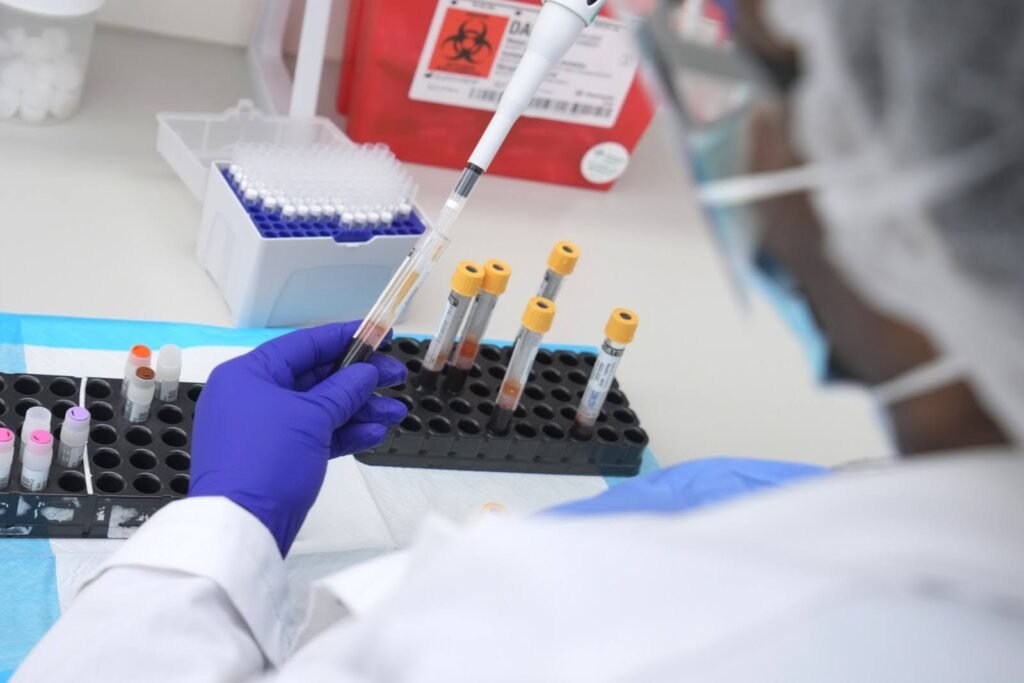Clinical trials are the backbone of medical research, providing the critical evidence needed to approve new treatments and ensure drug safety. These trials involve rigorous testing of new drugs, treatments, or interventions on human subjects to determine their safety, effectiveness, and potential side effects. The process is complex, involving multiple phases and strict protocols to safeguard participants and ensure the reliability of the results.
For those interested in contributing to medical progress or learning more about the clinical trial process, visiting platforms like Biotrial can be a great starting point. Biotrial offers insights into how clinical trials work and how individuals can participate, contributing to the advancement of medical research while receiving high-quality medical care and financial compensation. To understand the process in more detail, exploring how clinical trials work can provide valuable insights.
Phases of Clinical Trials

Phases of Clinical Trials
Clinical trials are divided into four phases, each with clear objectives:
Phase 1: Small groups (20–80 participants) test a new drug to assess safety, dosage, and initial side effects.
Phase 2: Larger groups (100–300 participants) evaluate effectiveness and continue safety monitoring.
Phase 3: Hundreds or thousands of participants test the drug, comparing it with existing treatments while gathering detailed safety data.
Phase 4: Conducted after approval, these studies monitor performance in the general population and track long-term side effects.
Ensuring Drug Safety
Drug safety is the top priority in every clinical trial. Researchers aim to detect side effects and risks linked to new treatments. Continuous monitoring and reporting occur across all phases. The U.S. Food and Drug Administration (FDA) oversees this process to ensure that only safe, effective treatments reach the public.
Importance of Statistics in Clinical Trials
Statistics shape the design, execution, and analysis of trials. They support:
Sample Size Calculation: Enough participants are included to ensure reliable results.
Data Analysis: Statistical methods confirm whether effects are significant.
Bias Reduction: Techniques minimize bias, keeping outcomes accurate.
The Role of Technology in Modern Clinical Trials
Technology is transforming research. Artificial intelligence (AI) and data science increase efficiency, improve outcomes, and streamline data management. Centralized electronic medical records, digital collection tools, and predictive analytics also make participant recruitment faster and more accurate.
Challenges and Opportunities in Clinical Trials
Trials face hurdles such as recruitment, ethics, and compliance. Yet, these challenges drive innovation. Patient-centric designs are gaining focus, aiming to make trials inclusive, ethical, and participant-friendly.
Patient-Centricity in Clinical Trials
A patient-focused approach considers participants’ needs and preferences. Digital tools make enrollment and participation easier. Outcomes are designed to reflect real-world patient needs, ensuring better engagement and stronger results.
Future of Clinical Trials
The outlook is promising. Innovations aim to make trials faster, more inclusive, and precise. AI will manage complex data and predict success rates. Real-world evidence (RWE) will expand, offering more diverse and practical insights.
Real-World Evidence (RWE) in Clinical Trials
RWE uses real-world data to shape trial design and outcomes. This ensures results reflect everyday clinical practice, increasing the value of new treatments.
Conclusion
Clinical trials are the foundation of medical progress. They provide the evidence needed to ensure treatments are safe and effective. Understanding the process highlights the rigorous science behind medical breakthroughs. For those interested, platforms like Biotrial offer resources and opportunities to participate in advancing healthcare.
Latest News for 2025
By 2025, trials will see a major change. AI and data science will streamline processes and improve efficiency. Patient-centric models and RWE will make research more inclusive and relevant to daily healthcare. These advances will speed innovation and improve global health outcomes.
Disclaimer: For more interesting articles visit Business Times.

